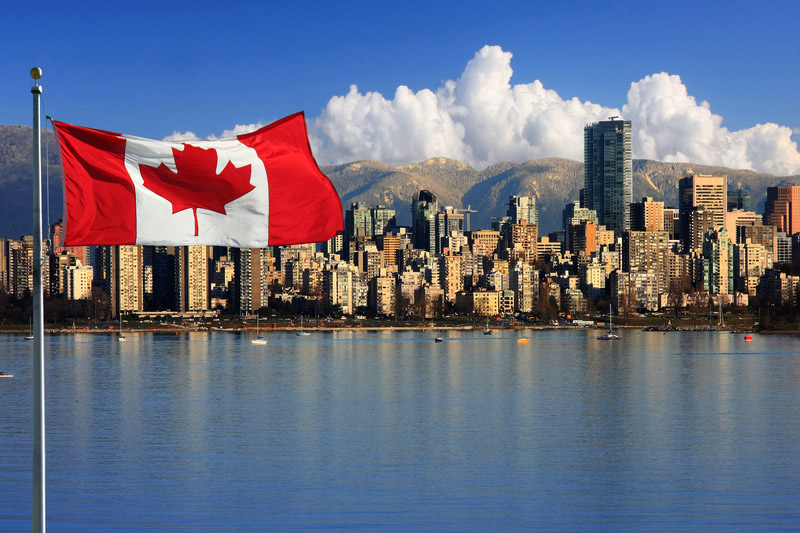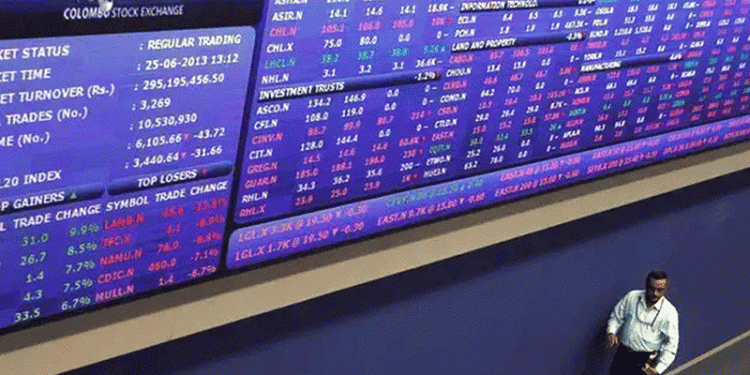 Steady-as-She-Goes Canadian Economy Backs Cautious Rate Stance
Steady-as-She-Goes Canadian Economy Backs Cautious Rate Stance(Bloomberg) — Canada’s economy continues to show signs of strength, but not enough to fuel inflation and prompt aggressive rate hikes — a scenario that validates the Bank of Canada’s cautious stance on monetary policy.
Inflation figures Friday by Statistics Canada showed few signs of any sharp pick-up in price pressures even as the economy operates near its full capacity and gasoline prices are rising. A separate retail sales report showed signs of life from consumers, who had been scaling back recently. The pair of releases adds to a run of data — including an unexpected jump in both imports and exports — that underscore demand remains solid.
Robust growth accompanied by benign underlying inflation marks a progression for the economy that reinforces expectations Bank of Canada policy makers will move ahead with more interest rate increases, but only gradually. After three hikes since July, investors are anticipating two more increases this year: in July and October.
“They would say things are pretty much unfolding as expected,” Mark Chandler, head of fixed income research at RBC Capital Markets in Toronto, said by phone. “You don’t accelerate the time table, you don’t push it back, you just follow through on it.”
Friday’s inflation data showed the consumer price index rising at an annual pace of 2.2 percent in April, down from 2.3 percent in March. A narrower gauge of core prices closely tracked by the central bank was little changed at 2 percent.
Retailers, meanwhile, recorded their largest sales gain in five months in March as the nation’s households continued their car-buying binge.
The Canadian dollar fell on the data, trading down 0.5 percent to C$1.2877 per U.S. dollar at 11:45 a.m., largely due to investors paring down bets on a move at the next rate announcement May 30. The implied odds of a hike this month are now 28 percent, versus nearly 40 percent Thursday.
“The odds of a May rate hike were scaled back notably in the wake of the data — perhaps reflecting the fact that the previous pricing required a very strong set of figures today, and that didn’t happen,” Doug Porter, chief economist at Bank of Montreal, said in a note to investors.
After a slowdown that began in the second half of last year, most economists are anticipating growth will return to an above 2-percent pace in coming months and continue to put pressure on Bank of Canada Governor Stephen Poloz to raise interest rates. A slump in first-quarter growth is also turning out to be less severe than initially feared. The economy probably expanded at just under 2 percent in the first three months of 2018, better than the 1.3 percent predicted by the central bank last month.
Statistics Canada will release first-quarter GDP data on May 31, the day after Poloz’s rate decision. At the bank’s last rate decision April 18, officials reiterated they are in no rush to thwart the current expansion with aggressive rate hikes, particularly when plenty of headwinds remain such as uncertainty on global trade policy and the future of the North American Free Trade Agreement.
Fusion Media or anyone involved with Fusion Media will not accept any liability for loss or damage as a result of reliance on the information including data, quotes, charts and buy/sell signals contained within this website. Please be fully informed regarding the risks and costs associated with trading the financial markets, it is one of the riskiest investment forms possible.
Source: Investing.com



























